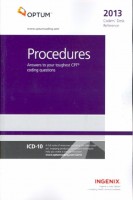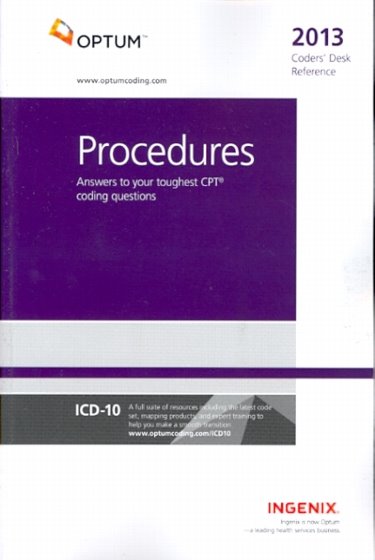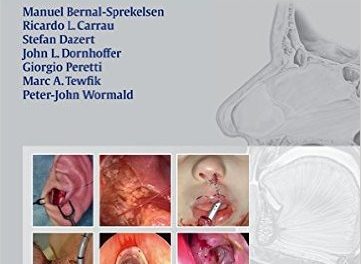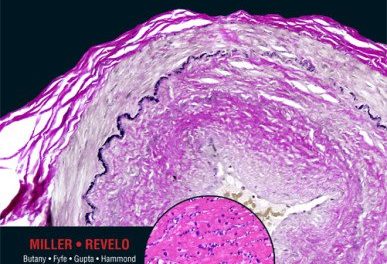 Author: Ingenix | Optum
Author: Ingenix | Optum
Publisher: Optum
Book Review by: Nano Khilnani
This latest edition of the Coders’ Desk Reference which is popularly known as the ‘CDR’ or ‘code book’ in healthcare circles contains the latest information on coding medical procedures and other forms of treatment. Oftentimes, that is not sufficient.
The book’s editors point out that coding is a complicated process. As a medical coder, you must not only be thoroughly familiar with coding procedural terminology or CPT but also use medical dictionaries and medical texts on the many specialties in medicine to understand the extent of a particular procedure – what it covers and what it does not.
As even healthcare consumers know, the amount of dollars received as reimbursement for a procedure from health insurance firms depends on the use of the right code. Using the wrong code could mean the doctor could receive thousands or even tens of thousands of dollars less than what he-she is entitled to.
The first CDR was released in 1995. Over the years comments and suggestions from coders, physicians, nurses, physician assistants and others involved in healthcare has enabled this 2013 edition to become as informative and useful as possible.
Such input from healthcare personnel has enabled the adding of good features to this current edition, including, but not limited to: anatomy charts; clinical abbreviations, acronyms and symbols; prefixes and suffixes; procedural eponyms (people after whom some diseases are named); reimbursement references; and surgical terms.
There are separate sections in this book for each of the features we mention above, making this book easier to use. For example in the section on Procedural Eponyms, you learn that procedural code No. 44025 is commonly known as ‘Amussat’s operation’ – a colostomy done for exploration, a biopsy, or removal of a foreign body. In this procedure, a long incision is made to expose the colon.
A very important – perhaps essential – part of this book is the table of CPT codes. For example, the code numbers 21552 through 21555 (except 21554) are used for procedures described as ‘excision (removal) of tumors from soft tissues of the neck or anterior thorax (front of chest); subcutaneous (below the skin) three centimeters or greater’.
There are helpful, detailed descriptions in this book for each procedural code or range of codes used. The range of codes used is grouped into various types, including those related to the body systems. In the CPT Lay Descriptions section of the book, the codes are laid out by page number relating to the following systems of the human body, as well as several other classifications, namely:
- Integumentary
- Musculoskeletal
- Respiratory
- Cardiovascular
- Hemic / Lymphatic
- Mediastinum and Diaphragm
- Digestive
- Urinary
- Male / Female
- Maternity Care and Delivery
- Endocrine
- Nervous
- Eye and Ocular Adnexa (associated parts)
- Auditory
- Radiology
- Pathology and Laboratory
- General Medicine
- Category III (unusual or uncommon procedures)
This is an essential book for doctors – not only those who work at hospitals – but also (and especially so) for those who additionally or solely own a private practice. Determining the right code to use in health insurance reimbursement claims is important if not critical to their financial health, so they get paid the rightful amount due to them.
Needless to say, this text of 866 pages is important to those professionals working in the field of medical coding. Reading and understanding the detailed descriptions provided in this book, next to each procedural code is crucial to getting the correct amount of dollars and cents for the medical facility and/or professional.







